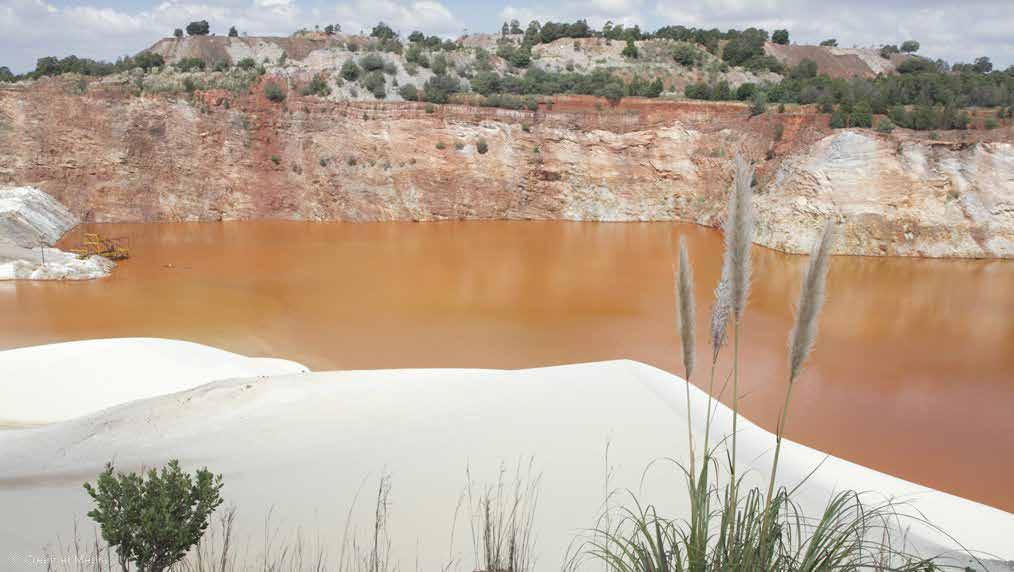
3 minute read
Environmental Impairment Liability (EIL) Insurance for mining operations Insuring against third-party environmental impairment liabilities
Are mining companies well-equipped to handle third-party environmental impairment liabilities? James Brice, Head of Environmental at iTOO Special Risks, outlines to Mining Brief Africa critical steps mining companies must take.
South African legislation requires that all local mining operations must ensure they make financial provisions to guarantee the availability of sufficient funds to undertake rehabilitation and remediation of the adverse environmental impacts of mining activities, not only during the life of the mine, but also at closure.
Advertisement
“Current regulations around mine rehabilitation and closure guarantees mean that mines are obligated to close their operations responsibly so that they can return the land to its prior use,” explains James Brice, Head of Environmental at iTOO Special Risks.
“This is based on the theory behind mining, which states that while you can take what you want from underground, you must return the land to the landowner who can resume activities on it as before the valuable component was extracted.”
Typically, mining rehabilitation regulations focus on first-party obligations, such as when a mine has a pit, tailings dam or discard dump, which is operated and owned by the mine on its premises and that causes some change to the land.
“Mines are generally good at following regulations. They will often bring in a consultant to quantify these obligations and then they follow the regulations around having a financial guarantee to cater for planned or unplanned closures,” says Brice.
“This means that even if the commodity price drops and a mine goes bankrupt, at least they have this reserve financial provision parked away to be able to do good by the environment and return the land to the landowner. This is called a financial guarantee.”
Focus on first-party liabilities
He explains that while insurance companies provide financial guarantees to mining operations, these typically cover first-party liabilities and the cost of doing good for the environment. Usually, these are risks are wellknown and quantified.
“The problem is that often mining operations forget to worry about third-party liabilities, such as those stemming from neighbours, communities and downstream water users who may have been affected by the mine,” says Brice.
“And because there’s been a focus on firstparty rehabilitation, there has been little in the way of allocating financial provisions to cater for affected third parties, with about 95% of South African mines not having any financial provisions or insurance coverage for these financial liabilities.”
All too often, mining companies tend to extend their mining rehabilitation guarantees to cover things like dust affecting the surrounding community, which can increase the risk of cancer risks, or acid mine drainage that can sterilise downstream wetlands, rivers and dams.
“We have seen some high-profile mining incidents lately, such as acid mine drainage spills at Tugela in March and Zululand Anthracite Collieries a year ago and the tailings dam collapse at Jagersfontein in September. None of those companies were insured against this type of risk,” says Brice.
In this event, he explains, companies are forced to take a hit on their balance sheets, which in turn impacts their shareholders, so many are reluctant to pay out. Yet, mines must do the right thing.
“The solution lies in having the right insurance product for the right type of risk. The problem with extending financial guarantees is that there are certain regulations around what this money can be used for.
“It has to be liquid, so in most cases, this money cannot be invested in long-term projects and will at best earn money market returns of 7-9%. Normally, a Chief Financial Officer would be looking for a 25-30% return on equity.”
Brice says that instead of investing anywhere between R20 million and R150 million into their financial guarantees to cater for something that may not happen, it would be much more efficient for mining companies to take up an insurance product that does not have to be self-funded.
Transferring third-party risk
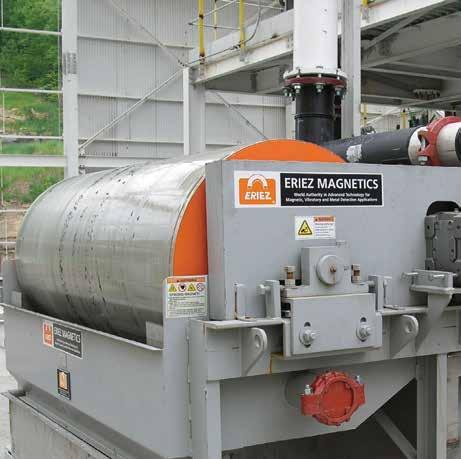
“With a product like iTOO’s MineSafe, mines pay a premium and transfer their third-party risks to our balance sheet. The premium payable is similar to that for a financial guarantee, but companies do not have to self-capitalise. They can use this money for operational growth and expansion instead.”
Brice says that it is also important for mining companies to keep in mind that especially with dust or water pollution, the contaminants would have spread over many years, if not decades, potentially affecting many more potential claimants, leaving mines exposed to a class action.
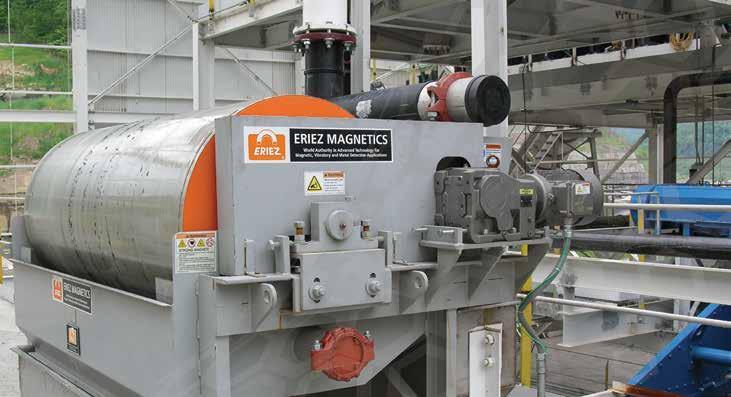
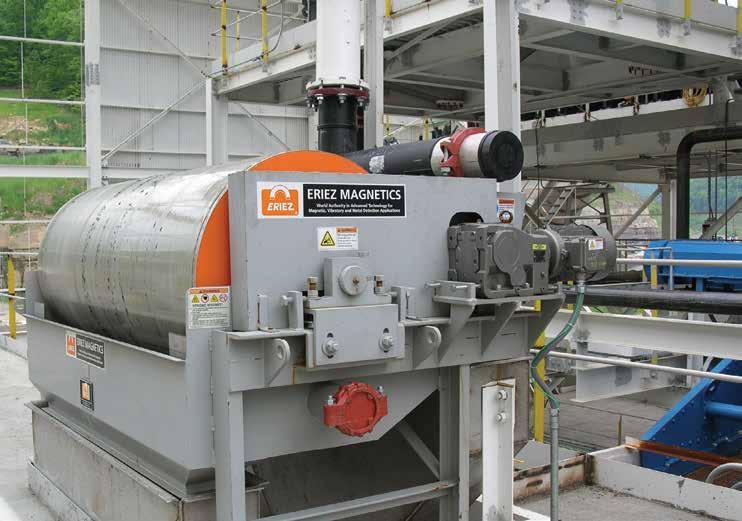
Mines are in a precarious position and iTOO is the only insurer that can place cover for gradual pollution liability, including historic and existing pollution. This is a comprehensive policy that covers seven insuring clauses for peril: emergency response; legal defence; third-party bodily injury; third-party business interruption; ecological restoration; clean-up; and ongoing monitoring and reporting to a public liaison.
Brice notes that when choosing suitable environment impairment liability insurance, mining companies should determine whether the insurer has the technical ability to give them credit for the environmental rehabilitation work that has already been done.
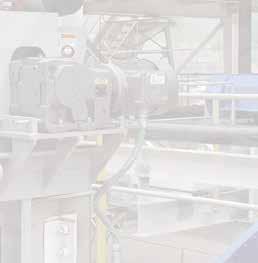
“We believe in rewarding clients for doing the right thing in terms of what is good for the planet. As iTOO, we expend a lot of money at our own costs and risks to do risk assessments, interview management and study the monitoring data,” says Brice.
“This is a lengthy process, but it is important to fully understand the risk and be sure that we design a product that fits the actual requirements and to also give the client credit for what they are doing correctly.”






